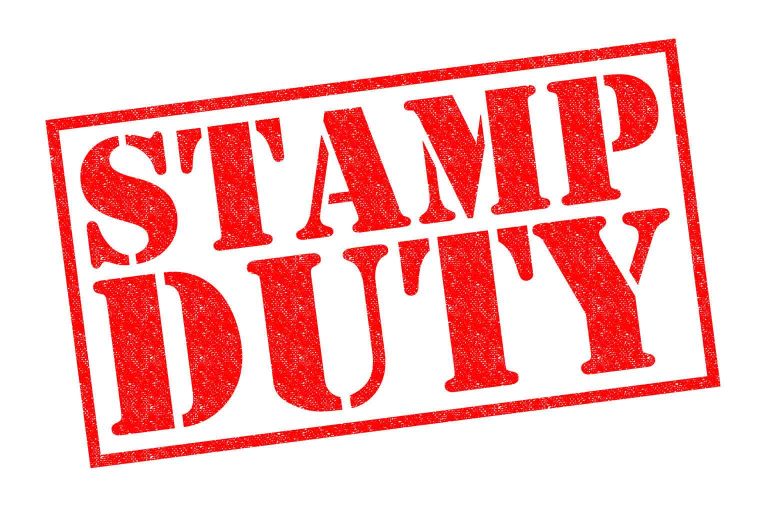Stamp duty is now being levied on the purchase of an average priced home in every region of England, following the government’s decision to halve the nil-rate threshold earlier this year.
According to analysis by Coventry Building Society, the reduction in the stamp duty threshold from £250,000 to £125,000 on 1 April has resulted in no region of the country escaping the tax.
The change has pushed the average tax bill in England from £2,047 to £4,547 — an increase of £2,500 — and contributed to a surge in Treasury receipts.
In July alone, homebuyers paid £1.4bn in stamp duty, a 35% rise on the £1.1bn collected in June. Total receipts for the year have now reached £8bn, up 21% on the same period in 2024.
REGIONAL CHANGES
While the burden remains highest in London and the South East — where average bills stand at £18,065 and £9,174 respectively — the Midlands and North have also seen significant changes.
Before April’s threshold cut, buyers in regions such as the North East, Yorkshire and the Humber, and the North West typically paid no stamp duty on an average purchase. Now, those buying a property at the average price in the North East face a £773 bill. In Yorkshire and the Humber it is £1,588, and in the North West it is £1,741.
In traditionally more expensive areas, the increase is even more pronounced. The average buyer in the South West now pays £5,083 in stamp duty, rising to nearly £7,000 in the East of England and over £9,000 in the South East. The average bill in London remains more than four times the national average.
Jonathan Stinton, head of mortgage relations at Coventry Building Society, warned that the widespread reach of the tax now illustrates how outdated the system has become.
“The fact that there’s now nowhere to hide from stamp duty shows just how out of step this tax has become,” he said. “From London to the North East, those buying a typical home in any region are now being hit with a tax that can add thousands to the cost of moving.”
REPLACEMENT RUMOURS
Reports earlier this week suggested the Treasury is considering replacing stamp duty with a new property tax that would apply to homes sold for more than £500,000. Under the mooted plans, the burden would shift from buyers to sellers in a bid to reduce upfront costs for purchasers.
Stinton acknowledged that while the principle behind the proposed reform may be sound, the practical implications could have unintended consequences for the housing market.
“There’s speculation of a new property tax, which would shift the burden from buyers to sellers — removing one of the biggest upfront hurdles people face — but it comes with a risk of market distortion,” he said.
“The prospect of reform could make buyers and sellers delay their moves while they wait for clarity. Once in force it could reduce the supply of new homes coming onto the market, or warp house prices — with some owners trying to sell under £500,000 to stay below the threshold, and others increasing prices to offset the tax.”
He added: “The principle is right: our property taxes should fit today’s housing market, not the one we had decades ago. But it’s vital the detail is carefully designed so we don’t swap one barrier for another.”





